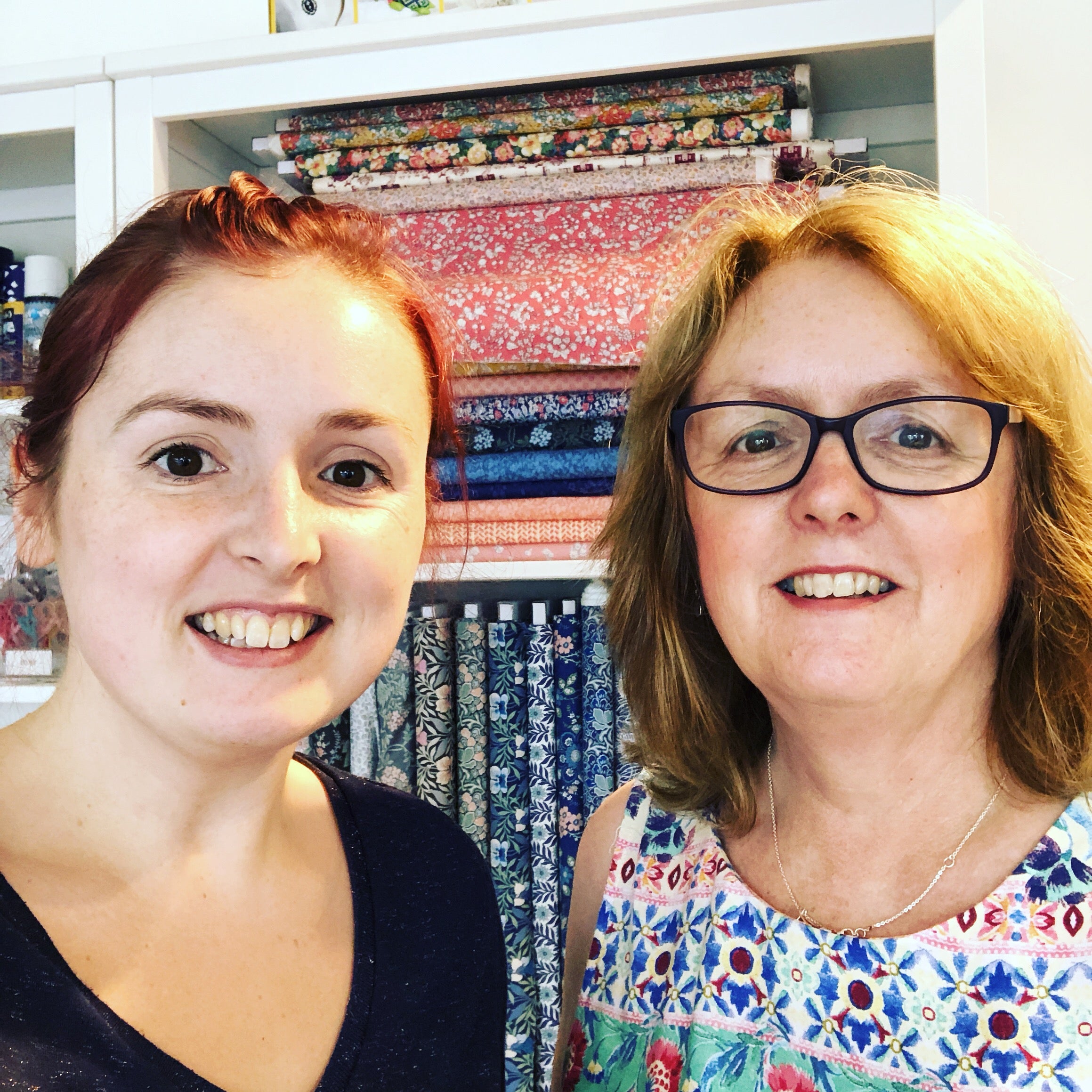Don't be afraid to give stretch fabrics a go - take a look at our top tips for sewing with stretch fabrics, and you'll find success in no time! Just beware the addiction to jersey fabrics that comes with it...!
Top Tips for Sewing with Stretch Fabric

- When choosing your stretch fabric, make sure it's the right sort of stretch fabric for your pattern, as this can affect the fit of the finished garment. Most fabrics come in 2-way or 4-way stretch.
- When cutting out your pattern pieces, make sure you have the stretch going the correct way, and the same way, across all your pattern pieces. Most of the time you will want the stretch going across the body. If you're working with 4-way stretch then you don't need to worry, as this stretches both ways!
- It's important to use the right needle for sewing stretch fabrics. A normal universal needle can often cause skipped and uneven stitches. You will need to use either a ball-point or stretch needle, in a size suitable to the weight of your fabric. If you find your ballpoint needle is still not stitching right, try switching to a stretch needle instead.
- Make sure you don't pull on your fabric as you're sewing. This is one of the main causes of stretched out seams after being sewn; let the fabric feed through naturally and just guide the direction. It can be helpful to use a walking foot when sewing stretch fabric to help alleviate the pulling and pressure on the fabric.
- On seams that are going to take a lot of strain, it's best to use stabiliser. For example, shoulder seams and zip seams. You can either use seam tape or stitch and tear; seam tape offers permanent stabilisation and is often used for shoulders, whereas stitch and tear can be removed afterwards and is sometimes used for areas like zips where you want to retain the stretch quality of the fabric. You can also use stitch and tear (or even plain tissue paper) when sewing if you are struggling to get the fabric to sew on your machine - this can be necessary for very fine stretch fabrics.
- If you have one, overlocking the edges of the fabric can help neaten seams and help prevent curling of the edges.
- For a lovely finish, why not try a twin stretch needle? Make sure you have enough seam allowance and use a 2.5 or 4mm twin needle to hem the sleeves and bottoms of your garment. This also creates a faux overlocking effect on the inside, as the bobbin thread zigzags between the two rows of stitching from the needles.

